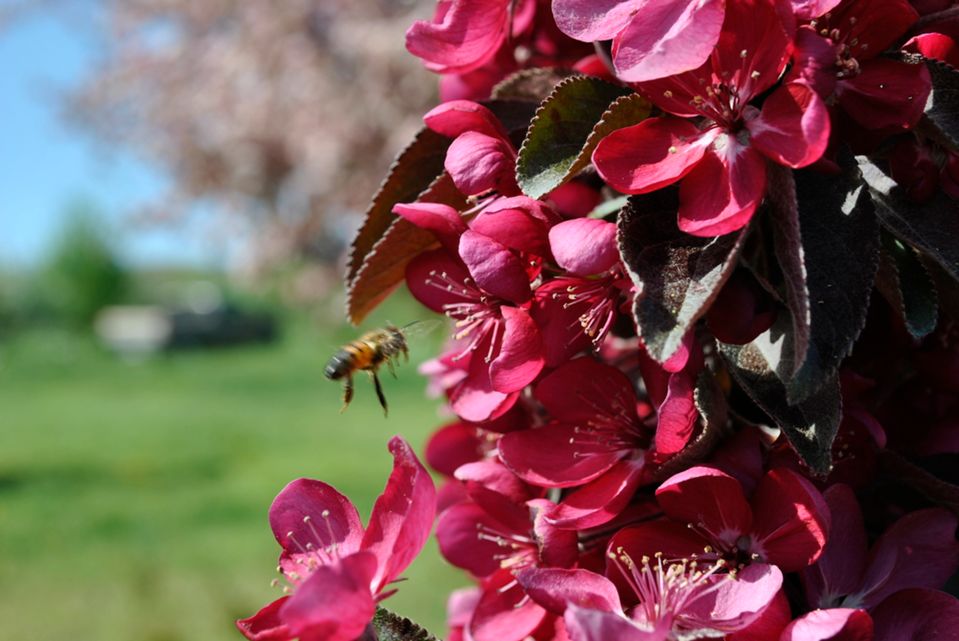Fruit Tree Bloom Time & Pollination Charts
Understanding when your fruit trees bloom is essential for proper planning, pollination, and a successful harvest. This collection of bloom time charts makes it easy to compare varieties and ensure you’re planting compatible trees that will blossom at the right time. Whether you're growing apples, pears, cherries, or other fruiting trees, these charts help you maximize yield by aligning bloom periods for optimal cross-pollination.
Use the links below to explore bloom time charts by fruit type and plan your orchard with confidence.
Pollination Basics
Pollination is essential for fruit production, but it can be a bit confusing for new gardeners. Some trees are self-pollinating (self-fruitful), meaning they can produce fruit on their own. However, many fruit and nut trees require a companion tree—a process known as cross-pollination—to bear fruit abundantly. Key Points to Understand:
- Different Varieties Within the Same Type:
For cross-pollination, the second tree must be a different variety within the same type of fruit. For example, a 'Gala' apple tree can pollinate a 'Fuji' apple tree, but not a pear tree. - Bloom Times:
These timeframes are approximate and can vary based on specific local conditions. Factors such as temperature, sunlight, and elevation can influence the exact timing of blooms. For instance, in warmer climates, apple trees may bloom earlier, while in cooler climates, blooming can be delayed.
| Bloom Range | Typical Bloom Months |
| Early | Late March – Early April |
| Early - Mid | Early – Mid April |
| Mid | Mid – Late April |
| Mid - Late | Late April – Early May |
| Late | Early – Mid May |
- Similar Bloom Times:
The bloom times of the two trees need to overlap so that pollination can occur. Our site categorizes bloom times into early, mid, and late seasons.- Early and Mid Blooms Overlap: Trees labeled as early and mid-season bloomers can pollinate each other.
- Mid and Late Blooms Overlap: Mid-season bloomers can also pollinate late-season bloomers.
- Early and Late Blooms Do Not Overlap: Early and late bloomers generally won't be in bloom at the same time, so they cannot pollinate each other.
- Choosing Pollination Partners:
While our product pages suggest optimal pollination partners, any tree of the same type with overlapping bloom times will generally work. Trees planted within 100 feet of each other are close enough for effective pollination by bees and other pollinators. This gives you flexibility in selecting varieties you prefer.
Pollination: How We Help
- Product Page Information:
Each of our product pages indicates whether a tree is self-pollinating or requires a pollination partner. We also list suggested pollinators and specify their bloom times. - Bloom Time Indicators:
Our site clearly shows the bloom times for each variety, helping you match compatible trees easily.
With our guidance, you'll learn how to maximize your harvest by ensuring your trees are properly pollinated. Understanding these pollination basics will set you on the path to a fruitful garden.

